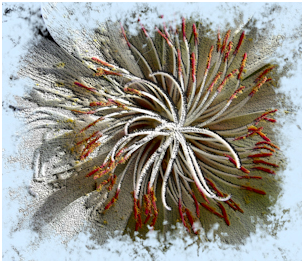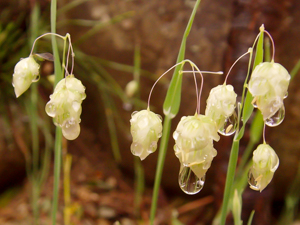
Ignorance is a fundamental concept in Advaita and most people who call themselves Advaitins will believe that they understand what it is. After all, enlightenment is often equated to the gaining of Self-knowledge, which is equivalent to the removal of ignorance. Here is the definition of avidyA in John Grimes’ excellent ‘Concise Dictionary of Indian Philosophy’:
“It is the key concept in the Advaita Vedanta system. It serves as the cornerstone for Advaita Vedanta metaphysics, epistemology, and ethical disciplines; thus its role cannot be belittled. It is characterized by six marks: it is beginningless (anAdi); it is removed by right knowledge (j~nAna- nivartya); it is a positive entity of the nature of an existent (bhAva rUpa); it is indescribable (anirvachanIya); it has the two powers of concealment and projection which respectively represent the truth and suggest the false (AvaraNa and vikShepa); and its locus is either in the individual self (jIva) or in the Absolute (Brahman).”
And this is pretty much how most teachers and writers use the term. For example, in ‘Back to the Truth’, I said: “As long as the ignorance remains, there will be identification of one form or another and we will believe ourselves to be other than our true nature. The ignorance is said to be anAdi, without any beginning, and it will continue until it is removed by knowledge and enlightenment dawns.” This is backed up by shruti. The sarvopaniShad, for example, says (verse 1): “…this egoism is the bondage of the soul. The cessation of that egoism is mokSha, liberation. That which causes this egoism is avidyA, nescience.” Other, later scriptures echo this; e.g. the advaita bodha dIpaka: “Though the Self is Brahman, there is not the knowledge of the Self (being Brahman). That which obstructs the knowledge of the Self is Ignorance. Just as ignorance of the substratum, namely the rope, projects the illusion of the snake, so Ignorance of Brahman projects this world.” Continue reading


